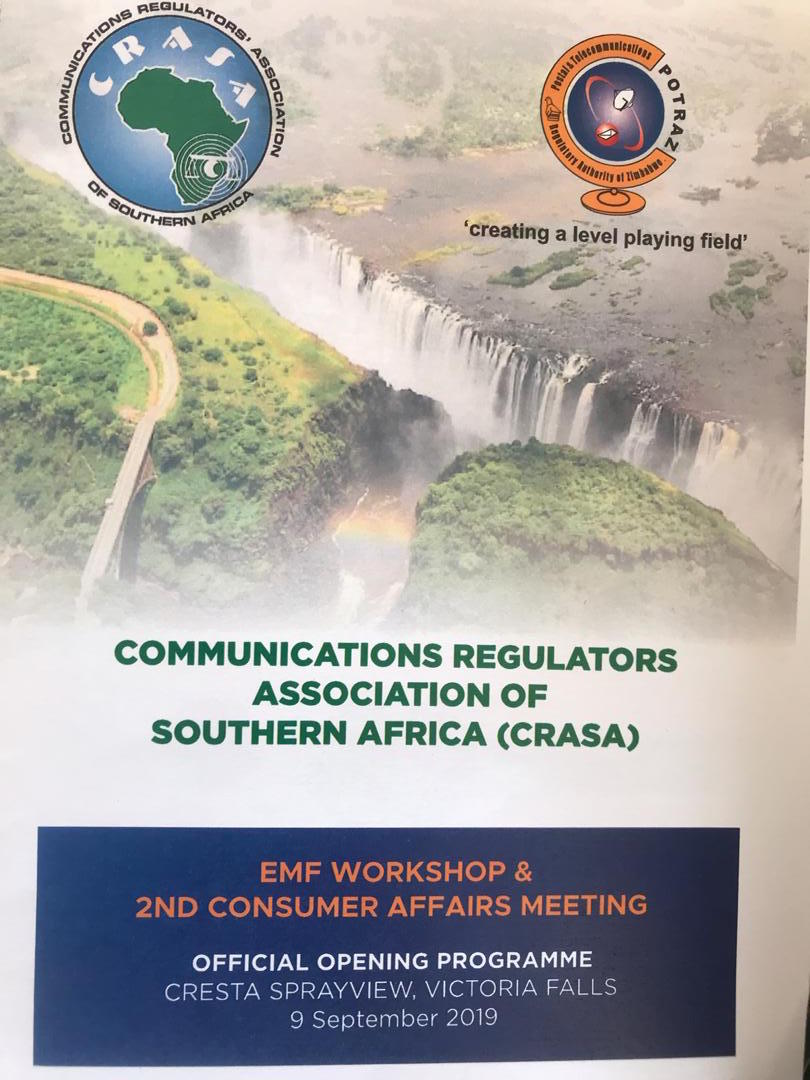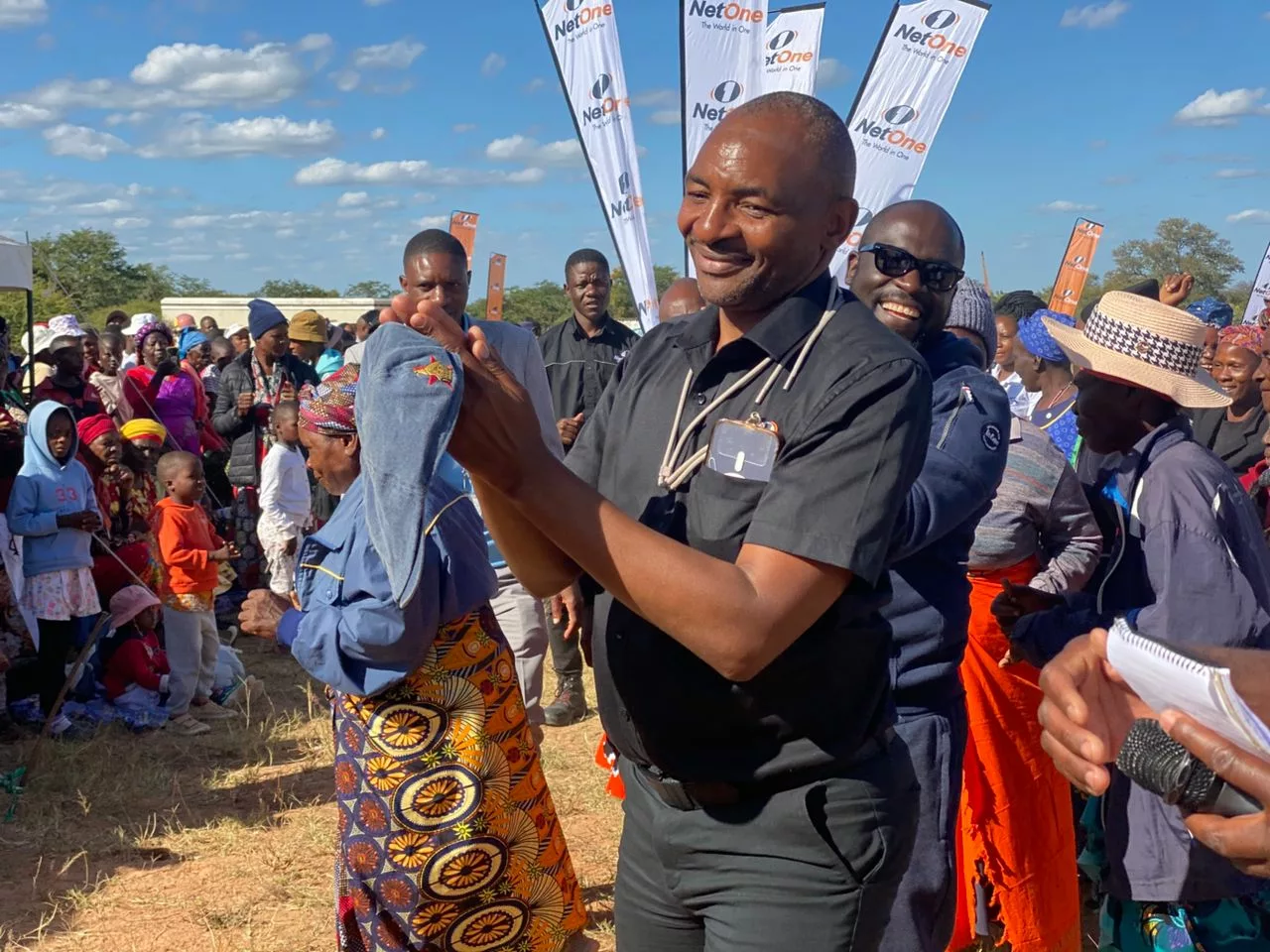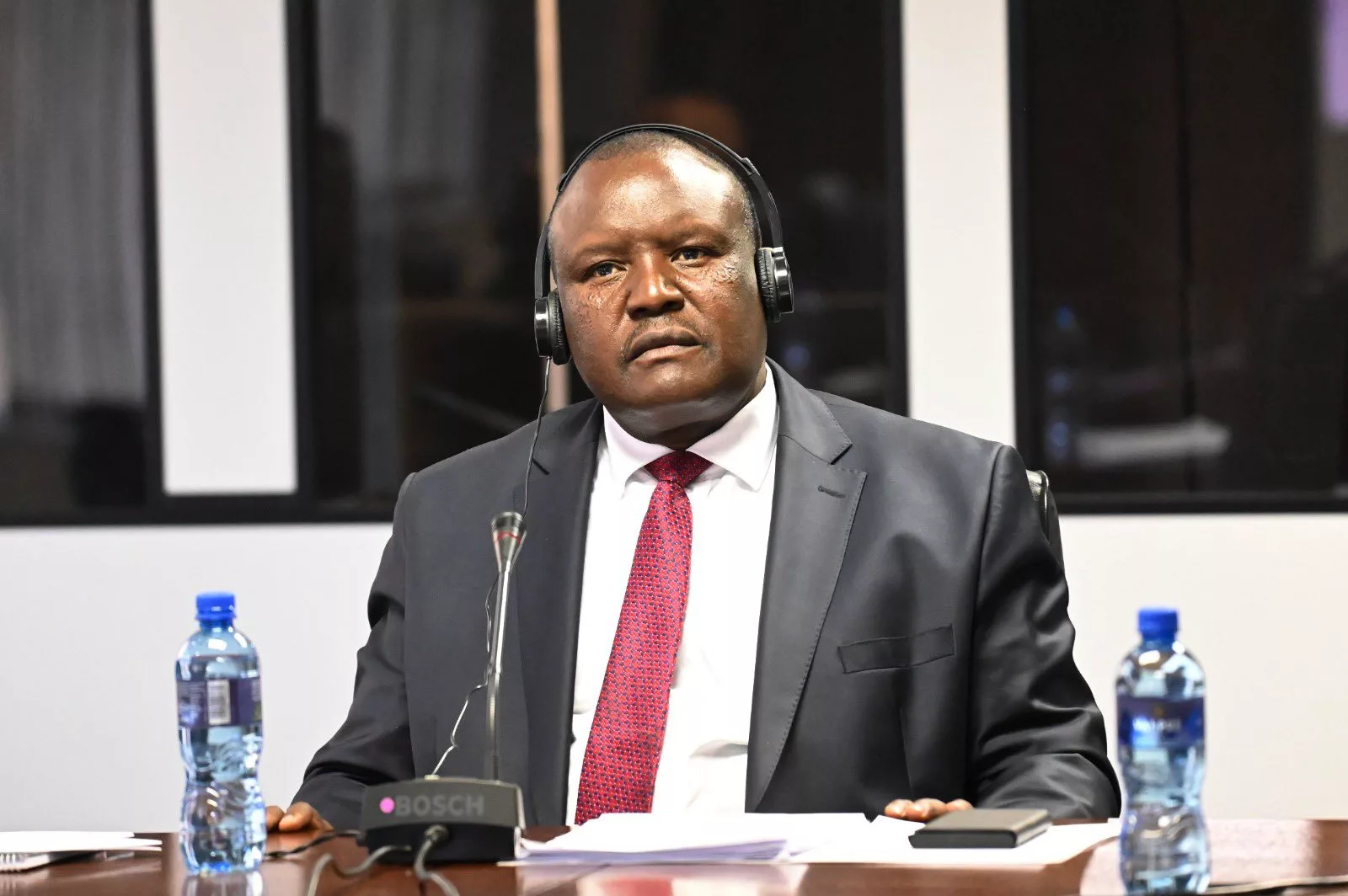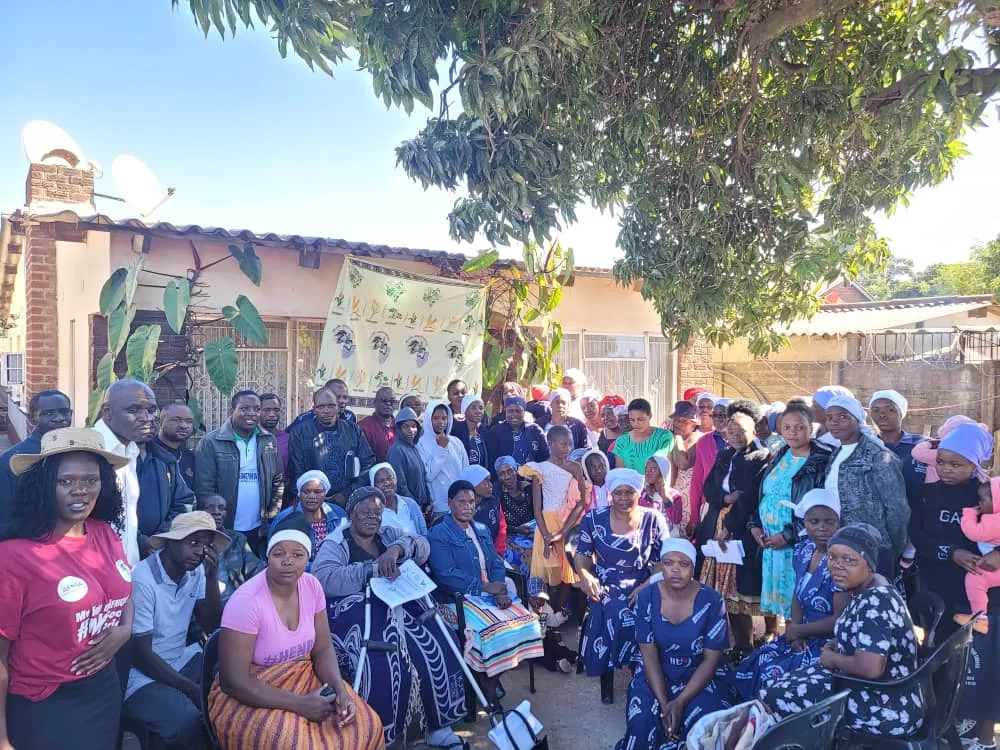Information communication technology (ICT) stakeholders from the Southern African Development Community (SADC) are meeting in the resort town of Victoria Falls to deliberate on the health effects of electromagnetic fields (EMF) to users of telecommunication equipment and come up with measures to ensure a safe environment for telecoms users.
Officially opening the meeting in Victoria Falls, Dr. Gift Machengete, the Director of the Postal and Telecommunications Regulatory Authority of Zimbabwe (POTRAZ), in a speech read on his behalf by his deputy Mr. Alfred Marisa, said the issue of electromagnetic fields from telecommunication sources has haunted policy-makers, regulators, operators and many other stakeholders in equal measure.
“Electromagnetic fields have been around in different forms since the birth of the universe. They differ from each other by frequency and indeed visible light is it’s most familiar form. Electric and magnetic fields are part of the electromagnetic spectrum, which extends from static electric and magnetic fields, through radio frequency (RF), infrared radiation, and visible light to X and gamma-rays.
“Information Communication technologies use electromagnetic field energies. Mobile phones, power lines, wireless networks are all human technologies that involve field-effects. All these technologies use the electromagnetic spectrum. Mobile networks have had a very positive impact on socio-economic development of society. However, the majority of people do not care how these communication technologies function. All they know is how to access the services made possible by mobile networks. Because of this lack of understanding, a number of sensational claims have been made on the harmful effects on human health of all electromagnetic radiation. Scientific studies have also been carried out to assess the health impact of electromagnetic radiation,” Mr. Marisa said.
He said fears of the effects of EMF have sometimes been worsened by inconsistent commentary from people (‘experts’) – whom are looked up to for guidance.
Some people argue that there is absolutely no effect if telecommunication installations are done in compliance with set standards.
“Yet I have also heard some who are a bit circumspect, who put forward a disclaimer and say that, you see thess mobile technologies have only been with us for just about 30 years, so, it is possible that their full impact are yet to be felt]. This clearly unsettles the nerves.”
Some communities have, seriously protested against installation of mobile base station towers within their neighbourhoods and some parents have objected to installation of base station towers around schools.
The workshop is the brainchild of the Communications Regulators Association of Southern Africa (CRASA) aimed at further enlightening stakeholders on EMF.
CRASA invited EMF experts from across the globe to assist in creating an atmosphere of trust where users of communication services and the general public feel safe and protected from any potential harm and telecommunication network operators ensure that their network roll-outs are within safety limits.
In line with international good practices POTRAZ promulgated a regulatory framework for EMF in 2016 under Statutory Instrument 130 of 2016. Zimbabwe is one of the few countries in SADC that had a regulatory framework for EMF.
The 2016 EMF regulations prescribe safety measures as well as safety prescriptions regarding EMF radiation for the public and workers.
Mrs Bridget Linzie, Head of Electronic Communications at CRASA said her organisation recognises the vital contribution that wireless communications and its innovations have to the regional economy including the various applications that have allowed to make communications easier and enhanced people’s lifestyles. However, she said there is need to recognise that the need for these solutions are being offered to SADC Citizens with the most minimal effects to health.
“Regulators have responsibility to ensure that standards are set whereby operators do roll out these networks with upmost minimal negative impact to our health and environment. It is also the responsibility of our industry partners to offer these innovation solutions while adhering to these set standards.
“It has been recognised that a person without disability can take it granted that they can go into a shop selling mobile phones and obtain a phone that has the features they would like to have but this may not be so for the persons with disability. We take cognisant that several mobile phone features are now available that are critical to allowing accessibility to persons with disability, including built-in-text-to-speech readers for people with vision disability and video calling features for person who communicate through sign language,” Mrs Linzie said.
She urged the region to seriously consider bringing the inclusive digital information era to all Citizens and with our focus to also include those less able.






